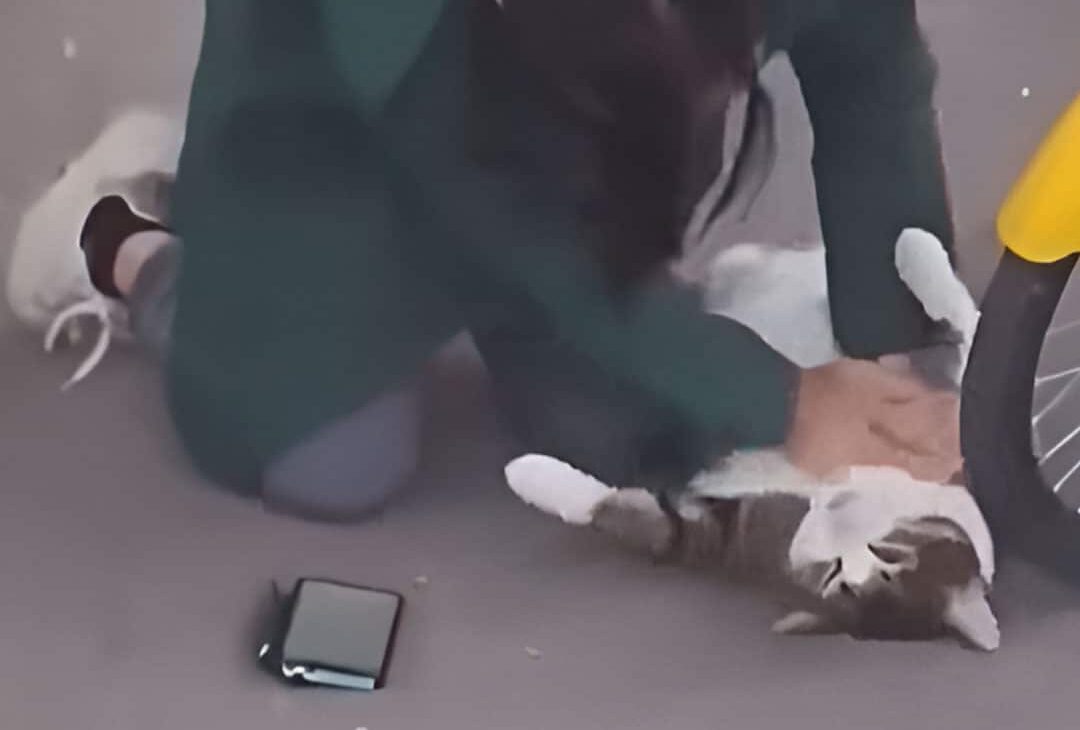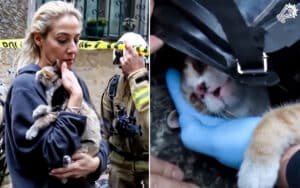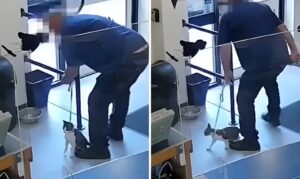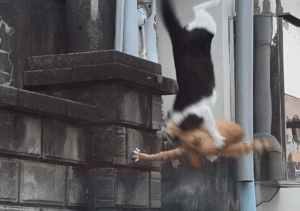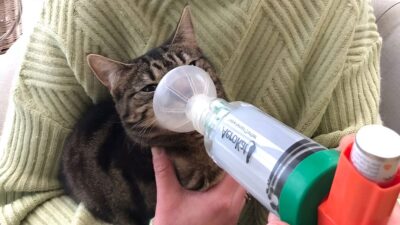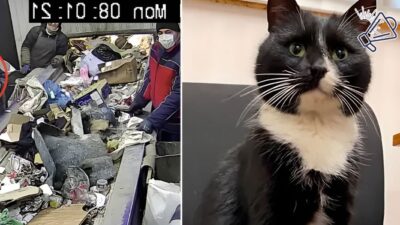Today, while walking down the road, I witnessed something that left me stunned. A lady was kneeling on the pavement, holding a cat that looked distressed. At first, the cat tried to escape, but she caught it again. From a distance, it seemed like she was harming the poor animal. No one else was around, and my heart raced as I decided to intervene.
I approached her and asked, “Why are you doing this to the cat?” Her response changed everything. “My cat is having a breathing issue,” she said, panic in her voice. “I’m trying to perform CPR.” That moment made me realize I was witnessing an act of animal first aid, not cruelty.
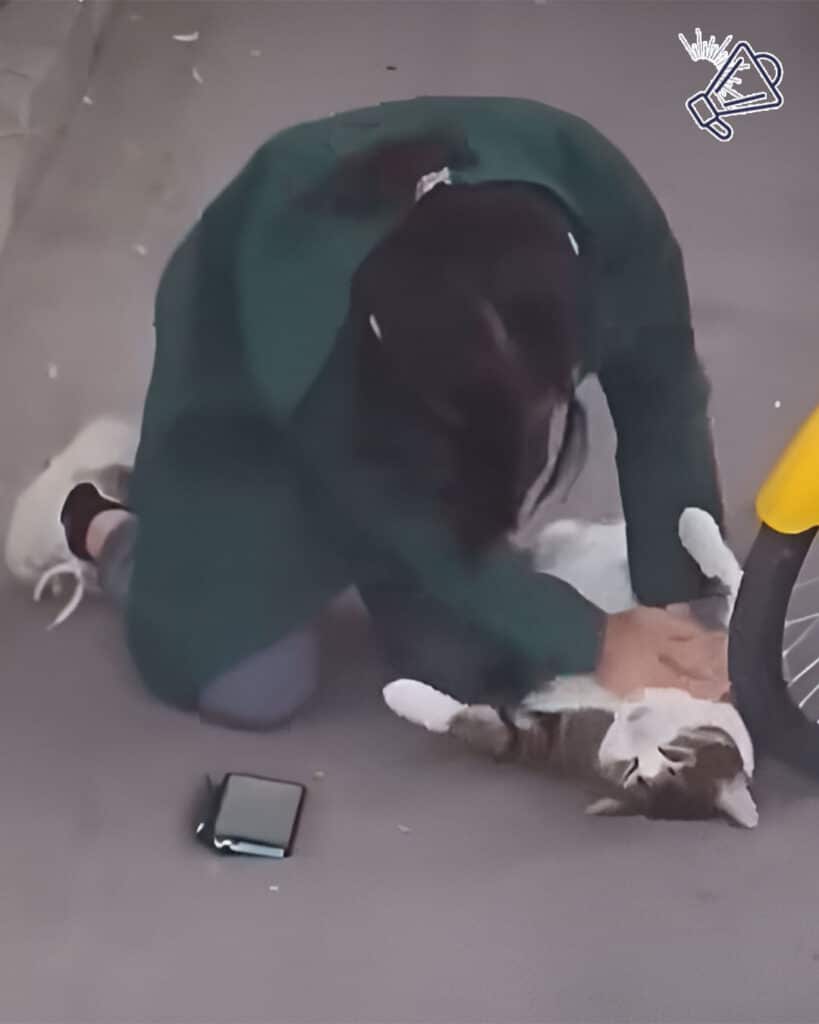
Understanding Cat CPR and why it’s Essential
Recognizing a Pet Emergency
In that intense moment, I learned something crucial—cats, just like humans, can suffer from sudden breathing issues. Whether it’s choking, drowning, or cardiac arrest, knowing CPR for pets can save lives.
The lady explained that her cat had suddenly collapsed. Its body was limp, and it wasn’t breathing properly. She had no time to rush to a vet, so she did what she could—she started performing cat CPR right there on the roadside.
How to Perform CPR on a Cat
Step 1: Check for Responsiveness
She gently tapped the cat and called its name. No response. She checked for breathing by observing its chest. Nothing. At this point, she knew she had to act fast.
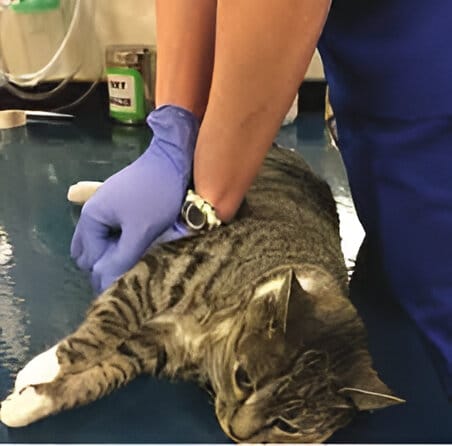
Step 2: Clear the Airway
The lady carefully opened the cat’s mouth, checking for any obstructions. If there was anything stuck, she would have gently removed it. Luckily, nothing was blocking the airway.
Step 3: Provide Rescue Breaths
She placed her mouth over the cat’s nose and gently exhaled. Each breath made the tiny chest rise slightly. She repeated this twice before moving to chest compressions.
Step 4: Perform Chest Compressions
Using two fingers, she pressed lightly on the cat’s chest, just behind the front legs. She counted to 30 compressions, then gave two more rescue breaths. She repeated the process, hoping for a miracle.
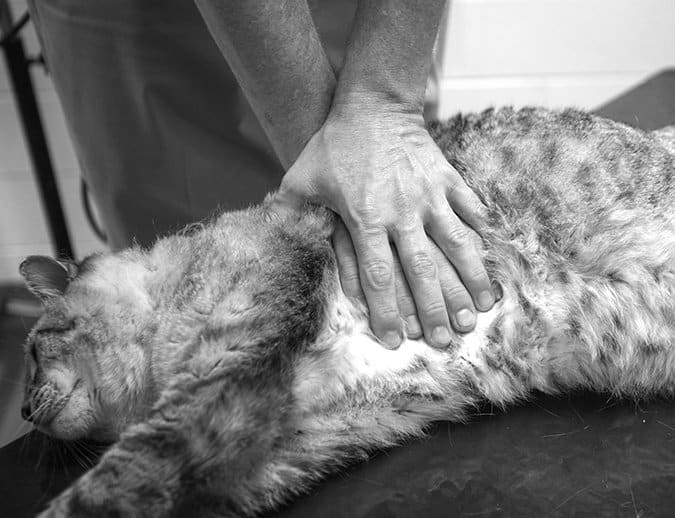
The Power of Quick Action in Animal First Aid
Minutes felt like hours as I stood beside her. The cat remained unresponsive at first, but she didn’t give up. Suddenly, a weak movement. Then, a shallow breath. Relief flooded her face. The CPR had worked! The cat started to regain consciousness, its tiny chest rising and falling on its own.
This moment was a reminder of how crucial pet emergency care is. Many pet owners aren’t trained in animal rescue techniques, yet these skills can mean the difference between life and death.
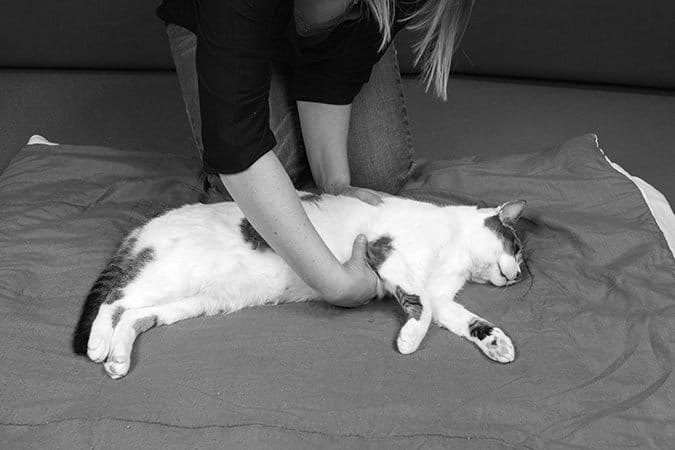
Why Every Pet Owner Should Learn CPR for Pets
Many pet parents don’t think about feline health issues until an emergency strikes. But what if there’s no vet nearby? Would you know what to do if your cat suddenly stopped breathing?
Learning animal first aid is just as important as knowing human first aid. Whether it’s a roadside emergency or a crisis at home, being prepared can save your pet’s life.
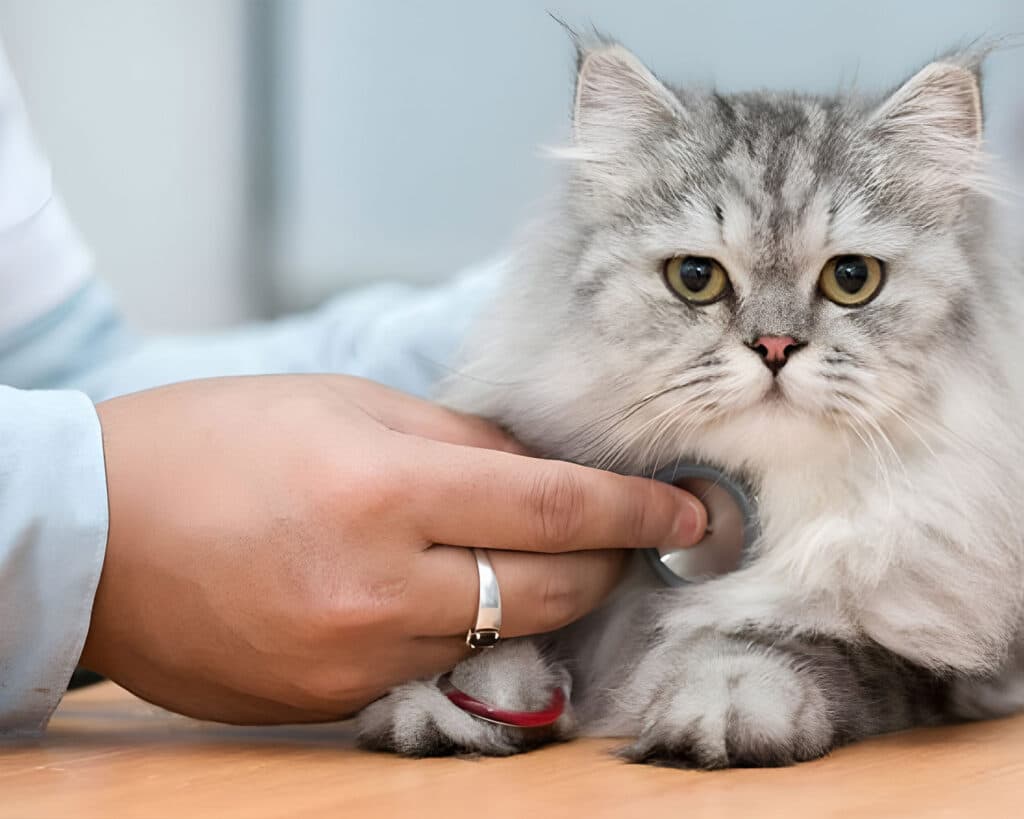
Final Thoughts: A Lesson in Compassion and Readiness
I walked away from that scene with a new perspective. At first, I thought I was witnessing abuse. Instead, I saw deep love and dedication. That lady’s quick thinking and knowledge of cat CPR saved her pet’s life.
If you’re a pet owner, consider learning CPR for pets. It could be the difference between life and death for your furry friend. Have you ever encountered a roadside animal rescue situation? Share your thoughts in the comments!


